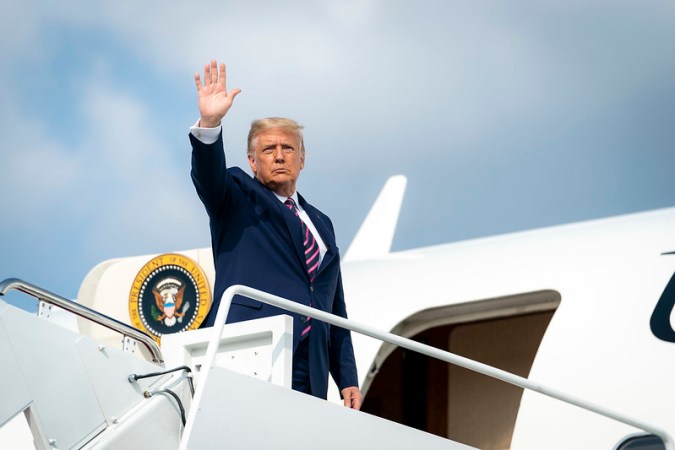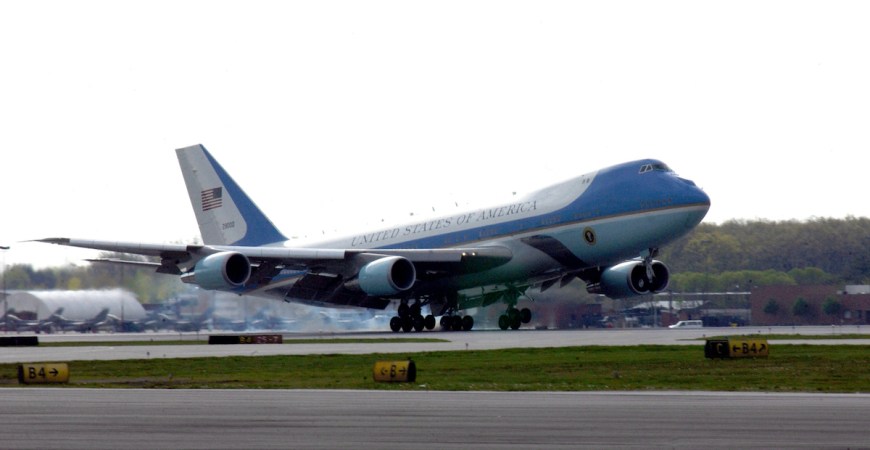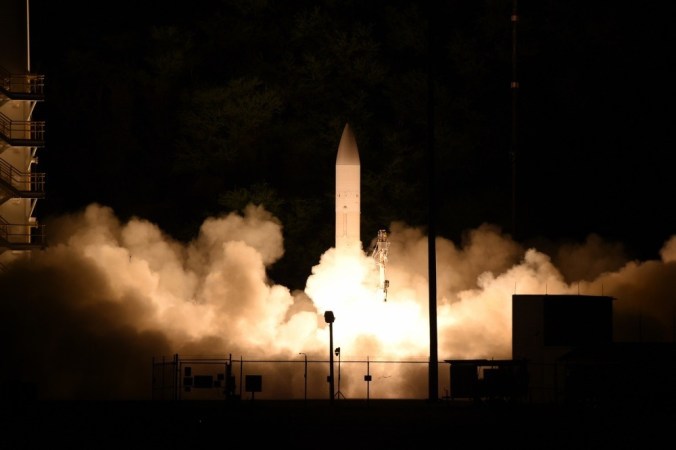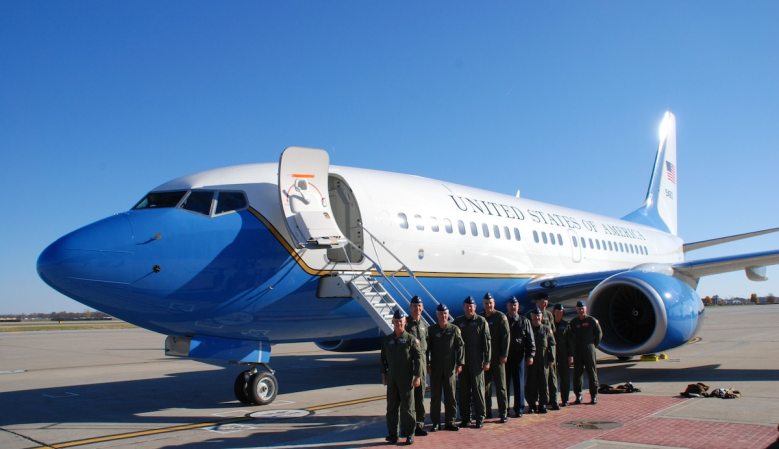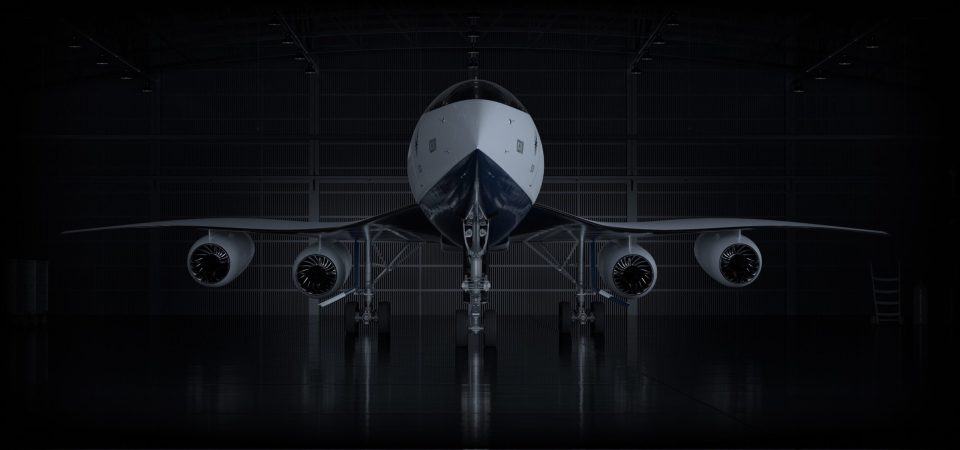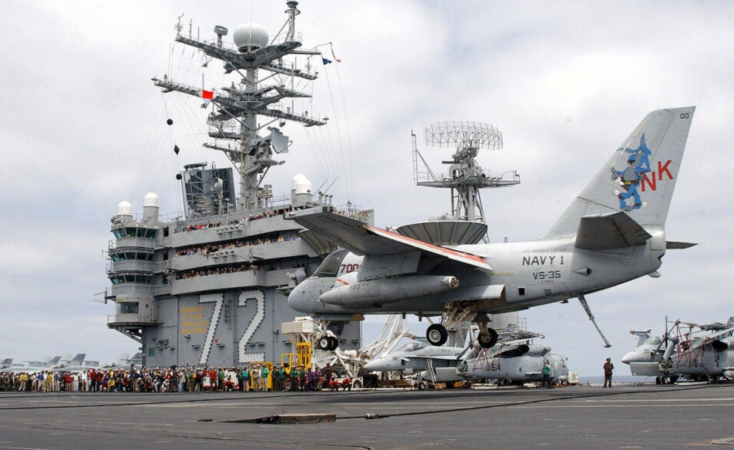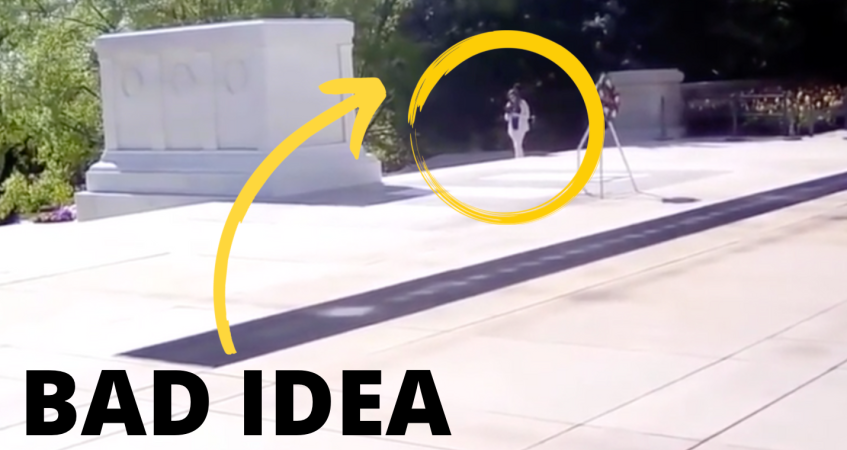It’s the most famous aircraft in the world, a highly-visible symbol of the United States wherever it travels.
Known as Air Force One, and popularly nicknamed ‘the Flying White House’, this massive jumbo jet, decked out in a special blue, white and silver livery, ferries U.S. presidents, their families, members of the press and various staffers and Secret Service protective agents across the globe on official trips to foreign and domestic destinations.
While Air Force One itself is incredibly famous, it turns out that not a heck of a lot about this unique aircraft seems to be known in public circles. So the next time you find yourself at a party and you feel like impressing a few folks with Air Force One facts they probably didn’t know, today’s your lucky day! Here are 6 things about the President’s personal aircraft that you more than likely didn’t know:
1. “Air Force One” is technically a callsign and not the aircraft’s actual designation.

“Air Force One” is the callsign attached to any USAF aircraft the president is physically present on. The famous Boeing 747 decked out in the presidential scheme is officially designated “VC-25.” The Air Force One callsign originated in 1953 after air traffic controllers mistakenly put an aircraft carrying President Dwight D. Eisenhower in the same airspace as a civilian airliner over New York City, after confusing the presidential transport’s name and code for a commercial flight.
Ever since, every military vehicle carrying America’s head honcho is temporarily relabeled with the name of the service the vehicle belongs to, followed by “One” (e.g. Marine One).
2. Each VC-25 has its own medical suite aboard the aircraft.

You read that correctly; whenever the president is aboard, Air Force One carries a qualified military surgeon/physician along for the ride. A small medical center aboard the aircraft, fully stocked and equipped, can be converted into an operating room should the need arise. While no sitting president has had to avail of the on-board doctor’s abilities and talents, it’s still helpful to always have one nearby, just in case.
3. Both VC-25s are equipped with extensive countermeasures and defensive systems.

On any given day, the threats to the president’s life number in the hundreds, though the Secret Service does everything it can to make sure the risks are largely negligible.
The Air Force also does its part by outfitting each VC-25 with the very best in defensive systems available at the moment. It’s unknown what exactly these systems consist of, but it could be safely assumed that the VC-25 comes standard with missile jammers, flare dispensers and more. On top of that, each Air Force One flight carries a small army of well-armed Secret Service agents and Air Force security specialists to provide security for the President and the aircraft on the ground.
4. It is one of the most expensive aircraft the US Air Force has ever operated.

Not only is the VC-25 one of the largest jets flown by the USAF, it’s also one of the most expensive the service has ever flown in its entire history. At an operating cost of approximately $200,000 per hour, Air Force One flights dwarf the expenses incurred by every other military-crewed and flown aircraft like the E-4B Nightwatch, the C-5 Galaxy and the B-2 Spirit. The security measures, passenger support (for members of the press, Secret Service and White House Staff), and communications systems operations all come together to account for this sky high figure.
5. The President can seamlessly interface with the military and government while airborne.
Each VC-25 possesses a highly integrated communications suite, staffed by a team of Air Force communication systems operators. These CSOs constantly monitor the aircraft’s satellite data-links, intranets and phone lines, ensuring that all incoming and outgoing calls on each flight are secured and highly encrypted.
In the event of national emergencies, the President can interact with military units from the aircraft, or direct the government and stay appraised of the situation at hand, thanks to the communications center and its CSOs.
6. It always parks with its left side facing the crowds gathered to see its arrivals.

Though it seems almost arbitrary, Air Force One does indeed park with its left side facing onlookers crowding behind the security cordon at airports. While the exact reasons for this are unknown, as both sides of the aircraft seem identical, it could be reasonably assumed that this is done for security purposes and practicality.
Positioning the big jet in such a way masks the President’s office from sight on the right side, while it also enables the use of air stairs built into the aircraft on the left side should an external stair unit be unavailable. Air Force One never parks at an airport terminal, nor does it accept a jet bridge connection.



